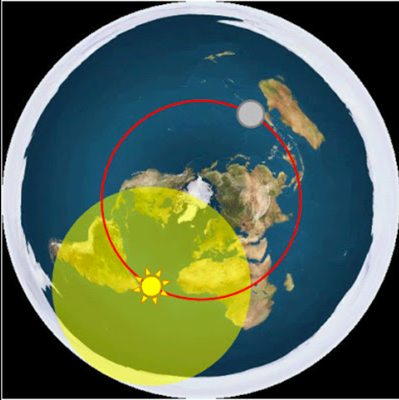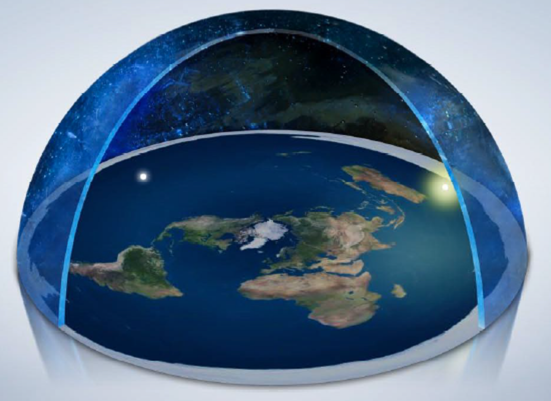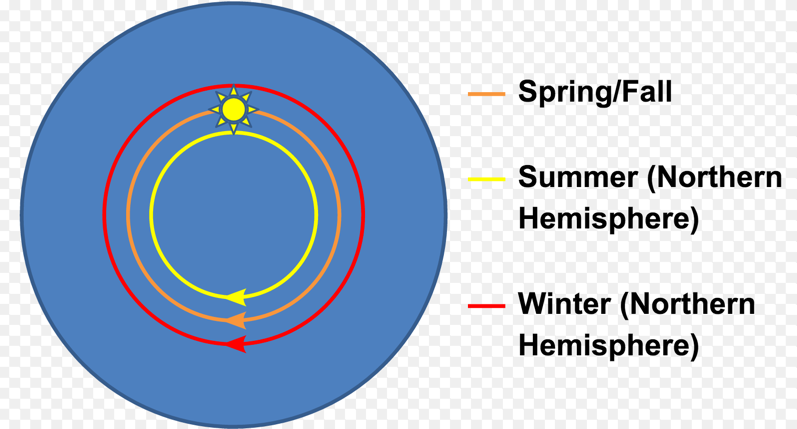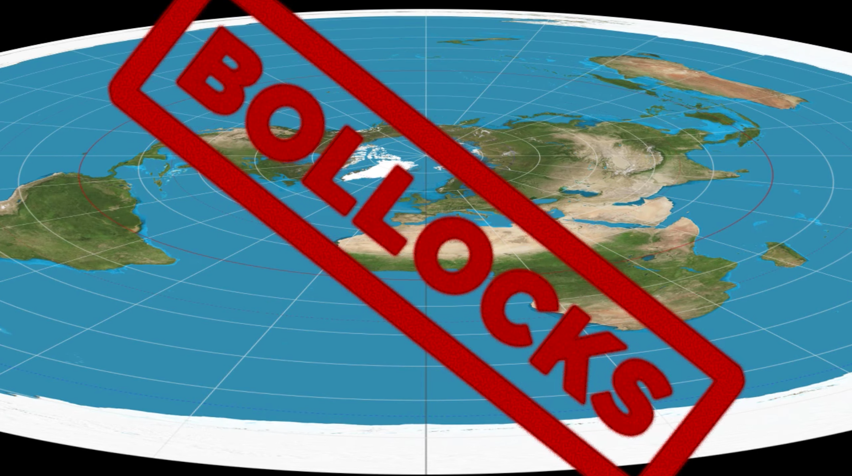Flat Earth Conspiracy (Lori Frary) - Stars! Not what you think they are?
Dear Flat Earth Conspiracy (Lori Frary),
Fact check = You FAIL
Your image of a star is grossly out-of-focus. Why do you deliberately deceive people?
With even a cheap pair of binoculars stars appear as points of light.
Check the sequence of planet Venus pics below, to see how liars and deceivers like you purposely twist fact.
Fact check = You FAIL =
By equating DISTANCE with APPARENT BRIGHTNESS. A typical amateur error.
There is no simple RELATIONSHIP between how FAR AWAY a star is and HOW BRIGHT it appears to be in the night sky.
Examples:
The Andromeda Galaxy which is about 2.5 million light years away is visual brightness magnitude 3.4
So Andromeda is MUCH BRIGHTER than the PLANET NEPTUNE (magnitude 8.02) which is only 3 light HOURS and 49 MINUTES away.
The farthest star that we can see with our naked eye is V762 Cassiopeia which is at a distance of 16,308 light-years away. Its brightness is magnitude 5.8 or just above the 6th magnitude limit.
With a small 2-inch camera lens it is possible to see celestial objects as faint as 9.4 magnitude
Fact Check = You FAIL
At time mark 0:35 - stars, “Are they billions of light years away? Or are they within the zoom of a camera lens?”
Camera zoom has nothing to do with distance.
You need to better understand what star brightness is, and why some stars are brighter than others...
The units used to describe brightness of astronomical objects. The smaller the numerical value, the brighter the object. The human eye can detect stars to 6th or 7th magnitude on a dark, clear night far from city lights; in suburbs or cities, stars may only be visible to mag 2 or 3 or 4, due to light pollution. The brightest star, Sirius, shines at visual magnitude -1.5. Jupiter can get about as bright as visual magnitude -3 and Venus as bright as -4. The full moon is near magnitude -13, and the sun near mag -26.
Reference: The astronomical magnitude scale explained = http://www.icq.eps.harvard.edu/MagScale.html
Posts at - https://plus.google.com/112395025400327394667/posts
Discussion at - https://www.youtube.com/channel/UC7ipUKERU0tzYFxALJBli4A/discussion
Video at..
(https://www.youtube.com/watch?v=ksiP1IVKuEQ)
kind regards, JonahTheScientist
- - - - - - - - - - - - - -
This is very much out-of-focus..
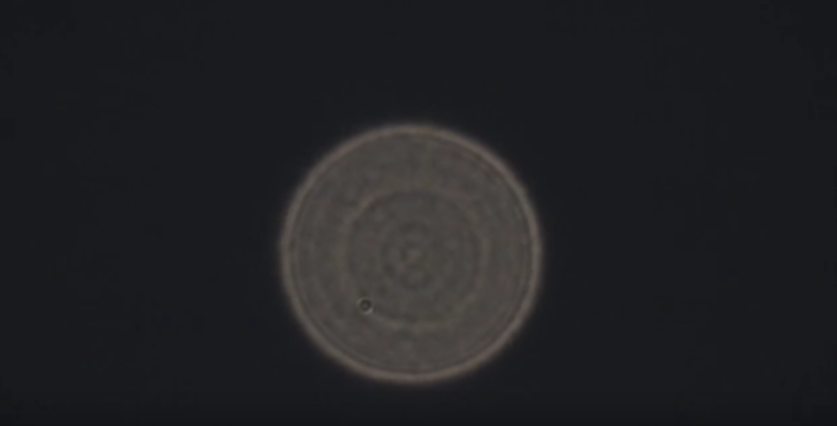
- - - - - - - - - -
Less out-of-focus...
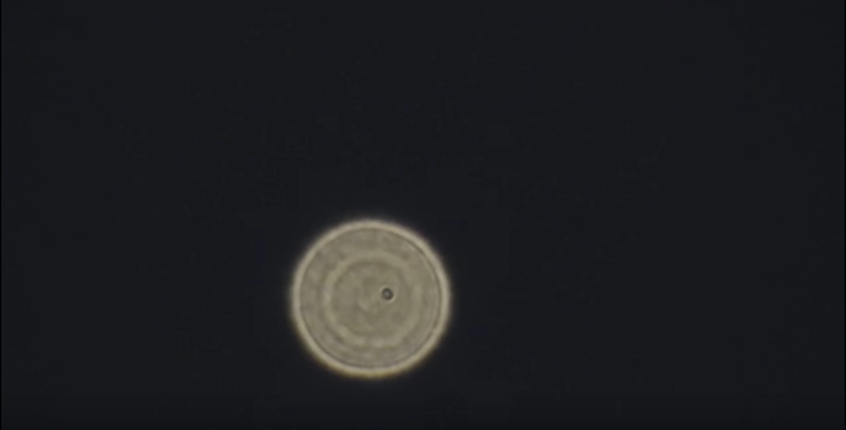
- - - - - - - - - -
Less out-of-focus...
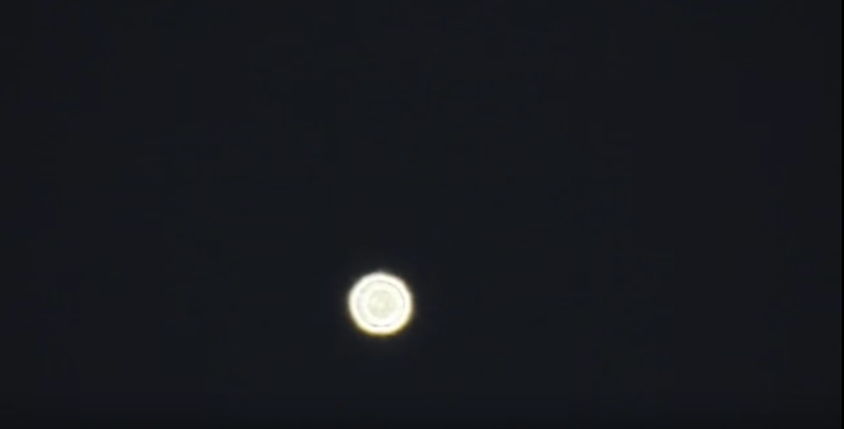
- - - - - - - - - -
Less out-of-focus...
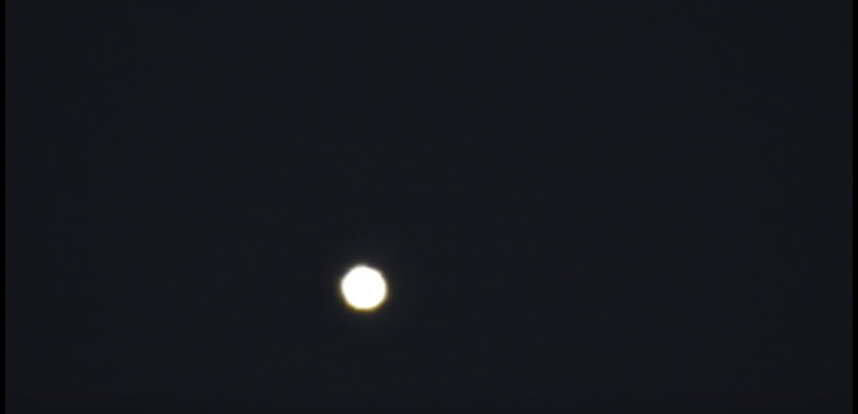
- - - - - - - - - -
Less out-of-focus...

- - - - - - - - - -
Less out-of-focus...
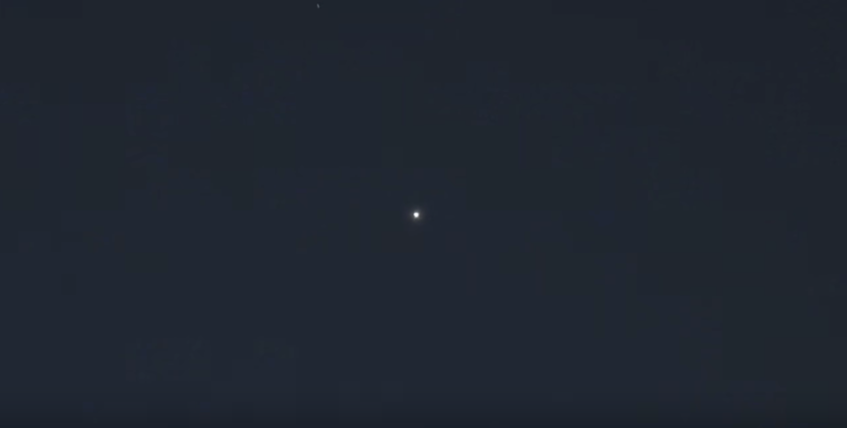
- - - - - - - - - -
This is what it really looks like!
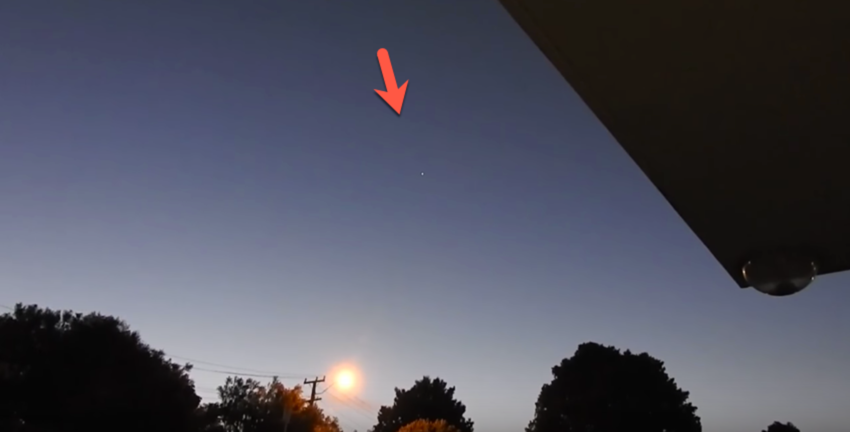
- - - - - - - - - -
Stars properly focused...
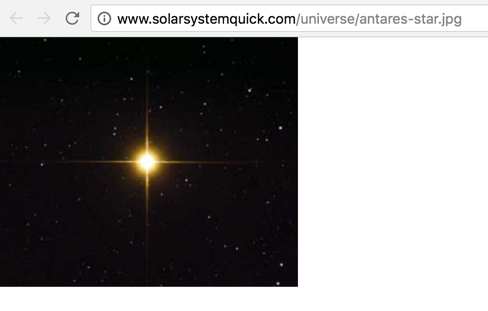
- - - - - - - - - -
The planet Venus in proper focus by an amatuer astronomer...
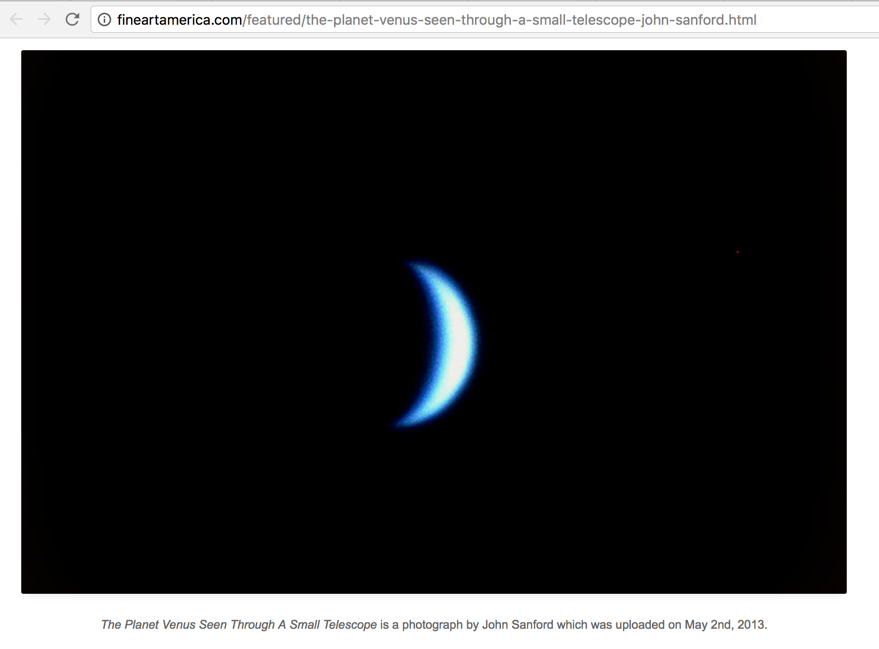
- - - - - - - - - -



